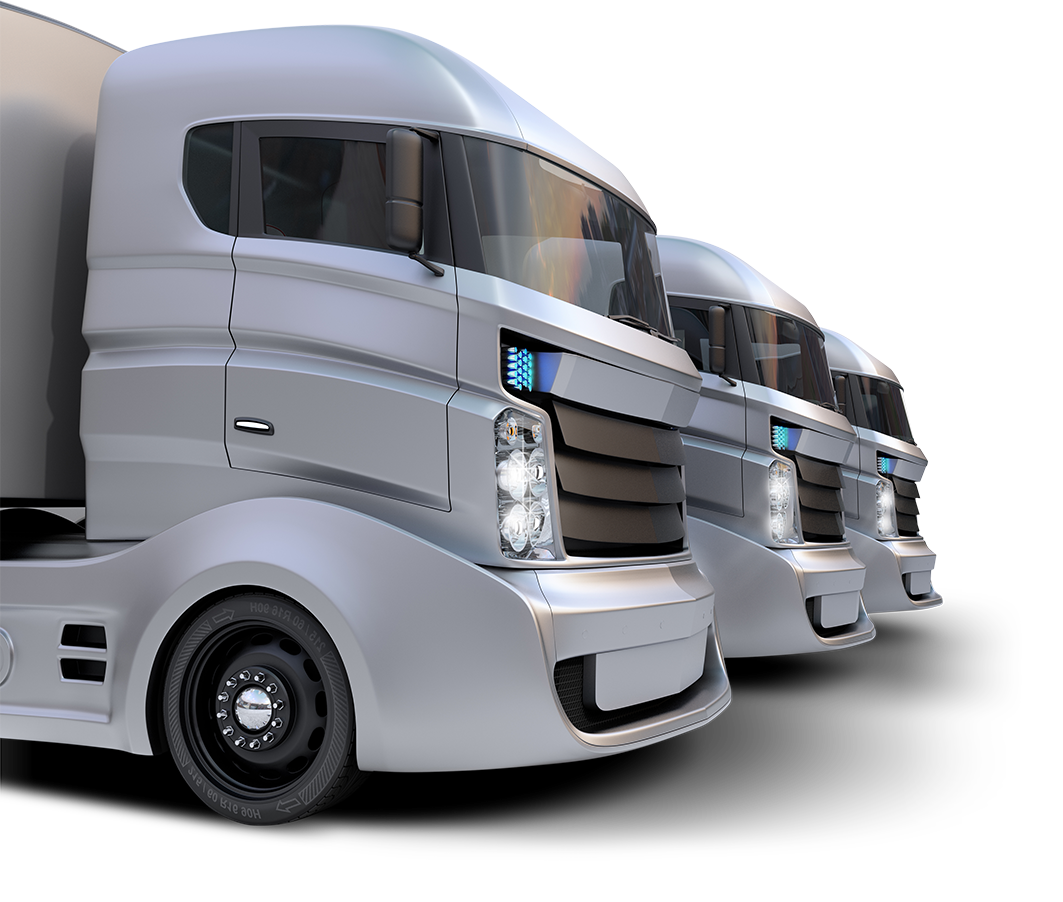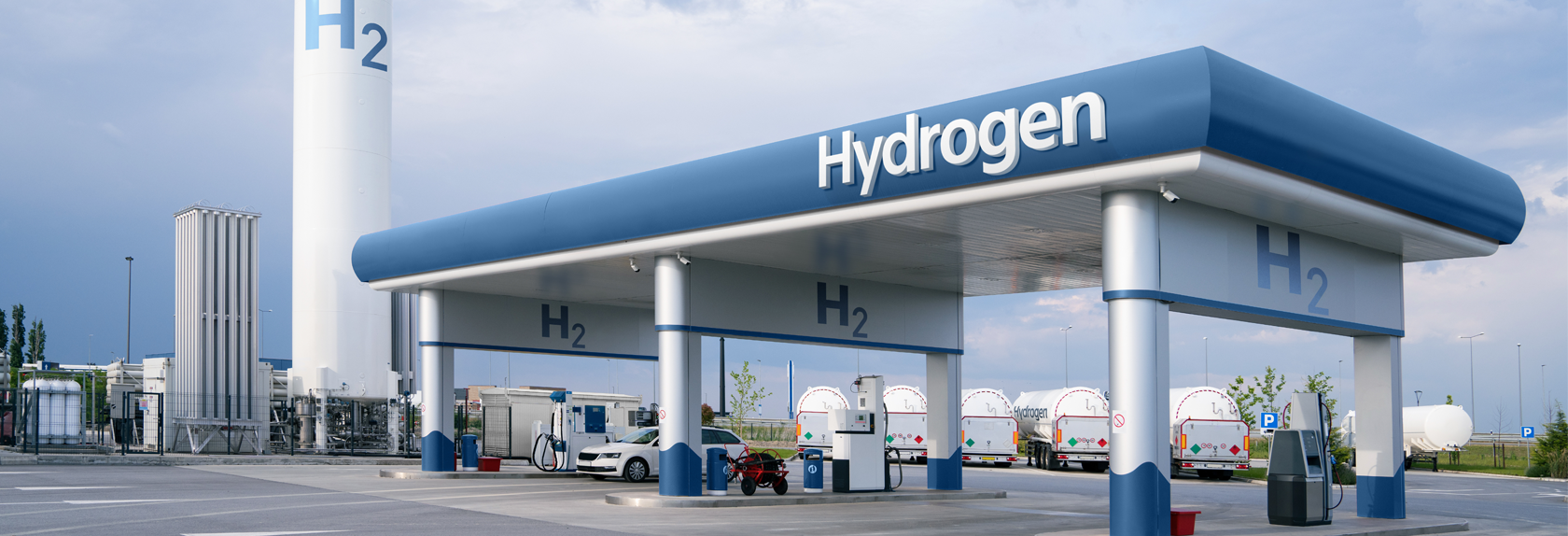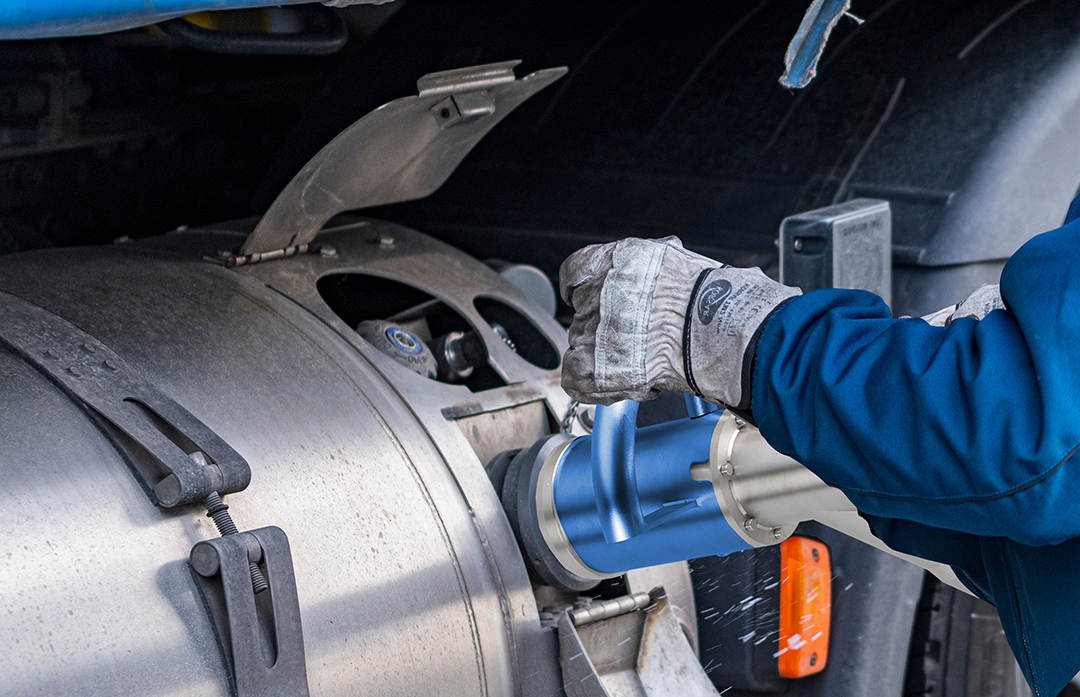Coming Soon RegO Products Sets New Standard in Hydrogen Handling with HydrOMac® LH2 Fueling Nozzle
While the global growth of the “Hydrogen Economy” is gaining much-warranted attention, the fact is that energy-dense hydrogen has been used as an energy source for many decades, driven by its carbon-neutral status that outputs low-emission water and air that makes it more environmentally friendly than other petroleum-derived fuels.

What hydrogen does have in common with those other fuels is that its volatile nature can make it perilous to harvest, refine, handle and consume, which means that it must be handled in the most reliably safe manner possible. Specifically, hydrogen is combustible in a wide range of concentrations in its gaseous form while in its liquid form it has a temperature close to absolute zero (-460ºF/-273ºC). This means the equipment used to dispense it requires massive amounts of thermal insulation in order to prevent huge ambient losses in volume due to evaporation.
Speaking particularly of liquid hydrogen (LH2), the fuel is gaining growth within the overall Hydrogen Economy because it has proven to be a reliable and efficient fuel for the powering of larger long-haul vehicles such as trucks, planes and ships, whereas compressed gaseous hydrogen has proven to be an effective fuel for powering smaller commuter vehicles. The problem is that, while LH2 has huge potential for the energy section, getting it safely and efficiently from Point A to Point B can be a massive challenge.

The following Features & Benefits are what make the HydrOMac© LH2 Refueling Nozzle unique in the industry:
- Robust design that can diminish the complexity in LH2 handling
- Built-in leak detection capabilities for improved peace of mind
- Automated fuel control that enables the operator to remain in a remote location during the refueling process
- Three-stage thermal isolated design optimizes efficiency and performance
- Jacketing that meets the extreme low-temperature handling requirements of LH2
The HydrOMac LH2 Refueling Nozzle joins the RegO Products family of hydrogen-handling components, including gate and globe valves, relief valves, regulators, HP master valves, check valves and angle relief valves.
There's only one way to get our quality, long life and performance - ask for Rego

Coupling Safety with Efficiency
The biggest safety concern when handling LH2 is its combustibility, making optimized material selection, leak detection and automated fueling control imperative in creating an effective LH2 nozzle and coupling. Since very few materials are compatible with LH2 because of its combustibility, low temperature and tendency to result in a phenomenon known as “hydrogen embrittlement” (a reduction in the ductility of a metal due to the presence of absorbed hydrogen), great care must be taken to ensure that the coupling’s seals and components are compatible with the fuel.
At the same time, the coupling must be constructed in a way that there is no chance that leakage will occur and if a leak does happen, the coupling’s operation must be able to be instantly halted in order to prevent a potentially dangerous scenario from developing. On top of that, the coupling must possess automated flow control capabilities that enable the operator to be physically at a safe distance as the refueling process takes place.
One final safety concern is the potential for the buildup of condensed liquid air on the coupling during a refueling activity. This liquid air can lead to high concentrations of liquid oxygen, which can then cause common materials to become highly combustible. Therefore, the LHS-handling system must be jacketed and have an extremely high vacuum in order to keep the outer surfaces at ambient temperature so there can be no buildup of liquid air.

Building on its more than 100 years of developing, manufacturing and supplying gas-flow and control systems and solutions dedicated to the safe and efficient handling of industrial gases, RegO Products has created the industry’s first-ever quick-coupling nozzle for use in refueling activities in LH2 applications.
Officially christened the RegO HydrOMac® LH2 Fueling Nozzle, it is designed for use in low-force quick-coupling applications that can attain the hoped-for replication of a common diesel-like refueling experience.

Sign Up for the Exclusive Launch Notification
Need help? Contact support.
Customer Support
Reach Out to Our Customer Support Team for Prompt Assistance and Answers to Any Questions or Concerns You May Have
Technical Support
Contact Us for Technical Support on Your Projects and Resolving Any Technical Issues You Encounter
Contact a Distributor
Locate a Nearby Distributor for Replacement Parts
Product Enquiry
Product Information request form to find the right solution
Need help? Contact support.
Customer Support
Reach Out to Our Customer Support Team for Prompt Assistance and Answers to Any Questions or Concerns You May Have
Technical Support
Contact Us for Technical Support on Your Projects and Resolving Any Technical Issues You Encounter




